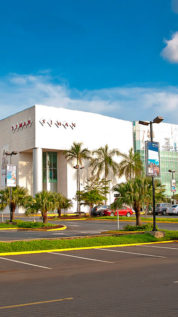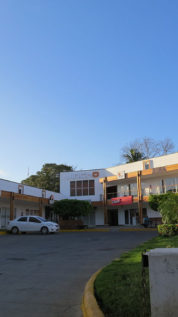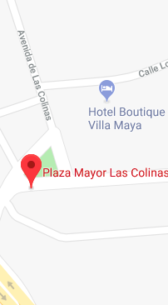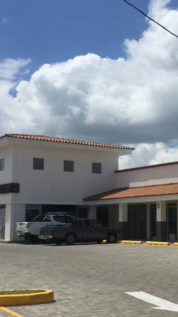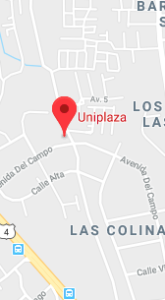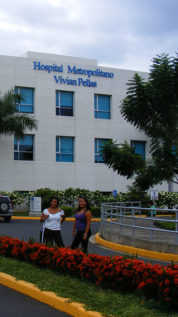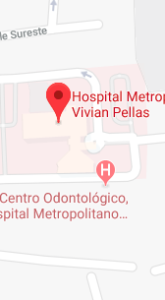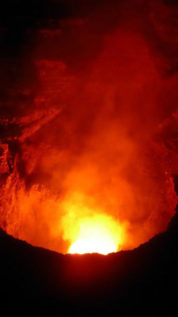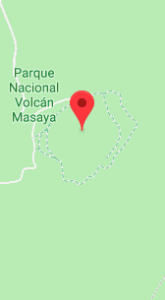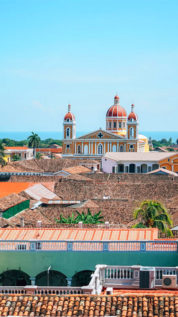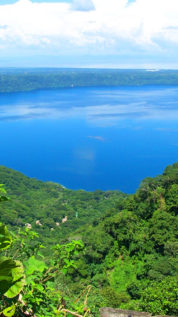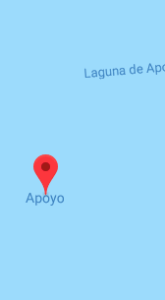Around Us
MALL / RESTAURANTS
Galerías Santo Domingo
Plaza Mayor
Uniplaza Las Colinas
HEALTH CARE
VOLCAN MASAYA
Masaya Volcano: located near the city of Masaya in the department of the same name, in Nicaragua, only 20 km south of the capital of the country, Managua. It is one of the 7 active volcanoes in the country.
Its crater “Santiago” has an altitude of 635 meters above sea level and continuously emits large amounts of sulfur dioxide gas; it also maintains an incandescence inside due to a lake of persistent lava.
GRANADA
One of the main cities of Nicaragua, also known as the Gran Sultana, or the Paris of Central America. In Granada there are the Isletas. The Isletas de Granada, in Lake Cocibolca, are within walking distance of the city and form an archipelago of more than 360 small islands of varying size, easily accessible and are a paradisiacal tourist attraction.
LAGUNA DE APOYO
According to the natural history of Nicaragua, the Apoyo lagoon was formed some twenty-three thousand years ago, after the explosion of the Pre-Apoyo Volcano left by the current Apoyo crater. The water is a little brackish, and it comes from the basin of its crater. It does not have important tributaries. In summer, the coast recedes about ten meters and in the rainy season returns to its maximum level.
In extreme rainy seasons such as that caused by Hurricane Mitch, the ascent of the level becomes extreme, but does not mean a danger to nearby communities. Measurements made by INETER confirm that the level of the lagoon has dropped 6 meters in the last 20 years and has a maximum depth of 176 meters.
Because it is a lagoon of volcanic origin, when the water reaches its maximum level, the gases that the volcano still expels in certain places generate natural thermal springs. This has led to an accumulation above what is allowed for arsenic for human consumption, but which gives excellent qualities for recreative use due to its temperature (between 27ºC to 30ºC) and its crystallinity.


